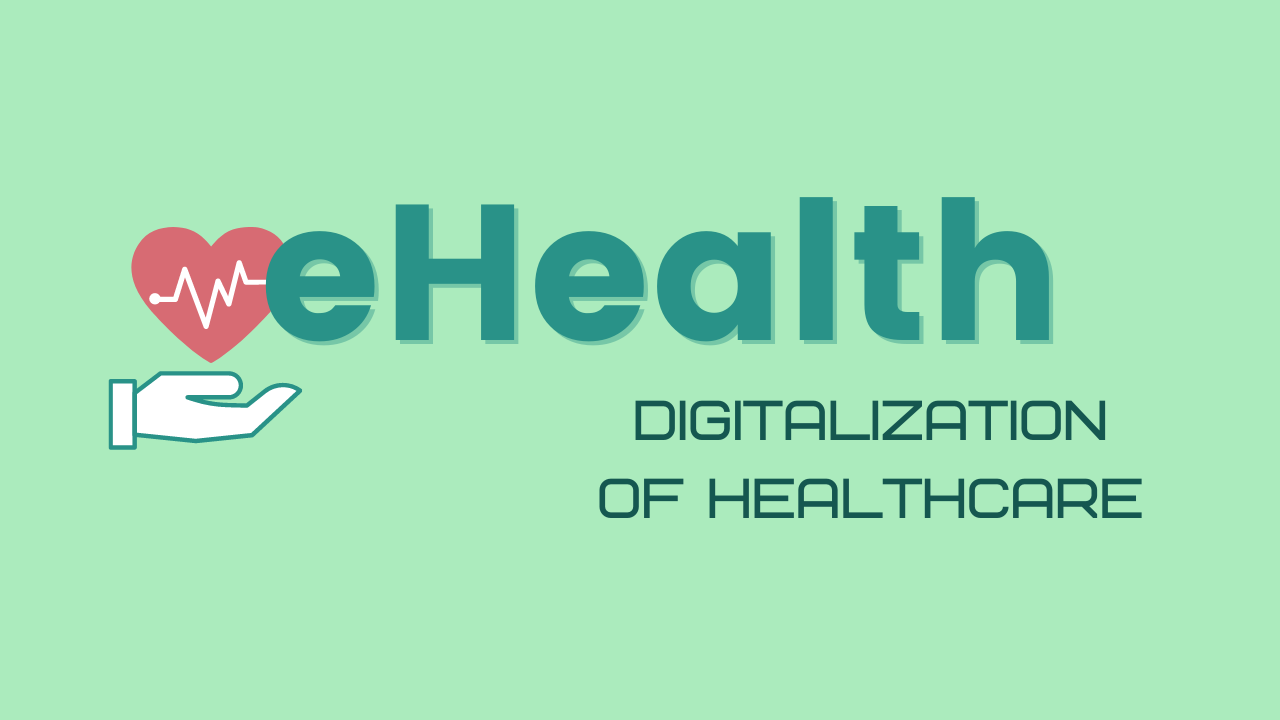eHealth
eHealth
Blog Article
eHealth
Overview
eHealth, generally known as electronic wellbeing or healthcare technologies, refers back to the usage of electronic communication and data technologies in the Health care business. It encompasses a variety of technologies and purposes geared toward improving upon the effectiveness, effectiveness, and excellent of healthcare shipping.
Targets of eHealth
The key objectives of eHealth is usually summarized as follows:
Enhanced Use of Healthcare: By leveraging electronic systems for example telemedicine and distant individual checking, eHealth aims to improve use of healthcare expert services for people living in remote areas or with constrained mobility.
Increased High quality of Treatment: As a result of resources like Digital health and fitness information (EHRs) and medical final decision aid techniques (CDSS), eHealth seeks to reinforce the standard of treatment by facilitating accurate and timely data Trade among the Health care experts.
Individual Empowerment: By giving patients with access to their health-related data, customized overall health applications, and on line instructional means, eHealth empowers individuals to consider an active part in controlling their own individual health.
Cost Efficiency: Utilizing electronic platforms can help reduce administrative prices associated with paper-based systems whilst enabling effective coordination in between various stakeholders within the healthcare ecosystem.
Important Applications of eHealth
Quite a few vital purposes lead to obtaining the goals outlined previously mentioned:
Electronic Wellness Records (EHRs):
EHRs are electronic variations of individuals' healthcare documents which might be conveniently accessed by approved healthcare providers linked to a client's care. They offer a comprehensive see of the individual's medical record, lab benefits, medicines prescribed, allergy symptoms, together with other appropriate clinical facts.
Telemedicine:
Telemedicine requires offering healthcare remotely as a result of video clip conferencing or phone phone calls. It permits Health professionals to consult with clients who can't physically stop by hospitals or clinics on account of geographical constraints or mobility problems.
Cell Well being (mHealth) Applications:
mHealth applications are smartphone programs that present numerous Health care services, including monitoring vital indications, reminding people to consider prescription drugs, supplying use of overall health education resources, and facilitating interaction with Health care providers.
Remote Individual Checking (RPM):
RPM will allow Health care experts to watch a client's critical signs along with other overall health parameters remotely applying wearable devices or sensors. This enables early detection of health issues and timely interventions.
Health and fitness Info Exchange (HIE):
HIE entails the secure sharing of affected person info across distinct healthcare companies, making certain seamless coordination and continuity of care in between providers in different settings.
Scientific Decision Support Systems (CDSS):
CDSS leverage synthetic intelligence algorithms to research clinical info and aid healthcare professionals in making proof-dependent selections relating to diagnosis, treatment plans, drug interactions, plus more.
Wellbeing Wearables:
These are typically wearable units like Physical fitness trackers or smartwatches that may collect physiological details on someone's workout routines, coronary heart amount patterns, snooze top quality, and much more.
Great things about eHealth
The adoption of eHealth delivers a number of Gains for both equally folks and the general healthcare procedure:
Improved Performance: eHealth streamlines administrative duties by reducing paperwork and enabling the electronic Trade of data among the stakeholders involved in affected individual care.
Improved Communication: Electronic well being resources aid efficient conversation among people and their healthcare vendors although also endorsing collaboration amongst distinctive specialists involved with a affected individual's remedy approach.
Access to Specialized Treatment: Telemedicine will allow sufferers residing in distant areas or underserved communities to consult with expert Medical practitioners who might not be physically current close by.
Well timed Interventions: Via remote monitoring programs or cell applications that offer alerts or reminders for medication adherence or comply with-up appointments, eHealth can help stop issues by facilitating early interventions.
Improved Client Results: By furnishing handy entry to health care facts on the web coupled with individualized health advice, eHealth empowers individuals to actively engage in their particular healthcare and control Persistent situations properly.
Issues and Worries
Even though the implementation of eHealth includes several Rewards, In addition, it presents difficulties and concerns that should be resolved:
Privacy and Safety: Protecting patient details from unauthorized entry is a major problem during the electronic wellness landscape. Robust protection actions, compliant with relevant privateness rules, should be executed to guarantee info confidentiality.
Interoperability: Various Health care techniques and applications may well not constantly seamlessly communicate with one another because of not enough interoperability expectations. Ensuring successful exchange of knowledge across platforms is critical for complete affected individual care.
Electronic Divide: Not Everybody has equivalent usage of digital systems or possesses the necessary digital literacy competencies necessary for check here applying eHealth equipment correctly. Bridging the digital divide will become essential to guarantee equitable usage of healthcare companies.
Regulatory Compliance: The dynamic mother nature of engineering generally surpasses existing regulatory frameworks. To fully leverage the many benefits of eHealth although safeguarding client legal rights, regulations want to help keep rate with technological developments with no stifling innovation.
Summary
eHealth performs a pivotal job in modernizing healthcare delivery by harnessing technological innovation for enhanced entry, high-quality of care, affected individual empowerment, and price efficiency. The widespread adoption of electronic communication resources, telemedicine providers, cellular overall health applications, remote monitoring programs, together with other ground breaking methods contributes towards a far more related and affected individual-centered method of Health care provision. On the other hand, addressing troubles relevant to privateness defense, interoperability expectations compliance bridging inequality gaps in Net accessibility are crucial methods toward attaining the full possible of eHealth.
